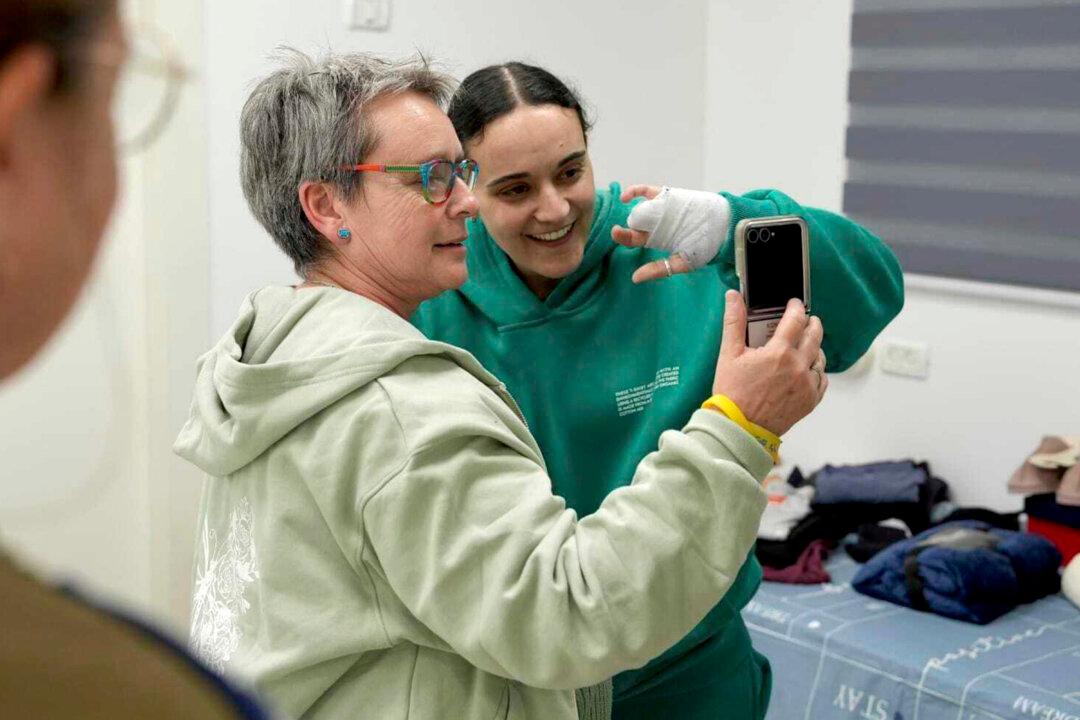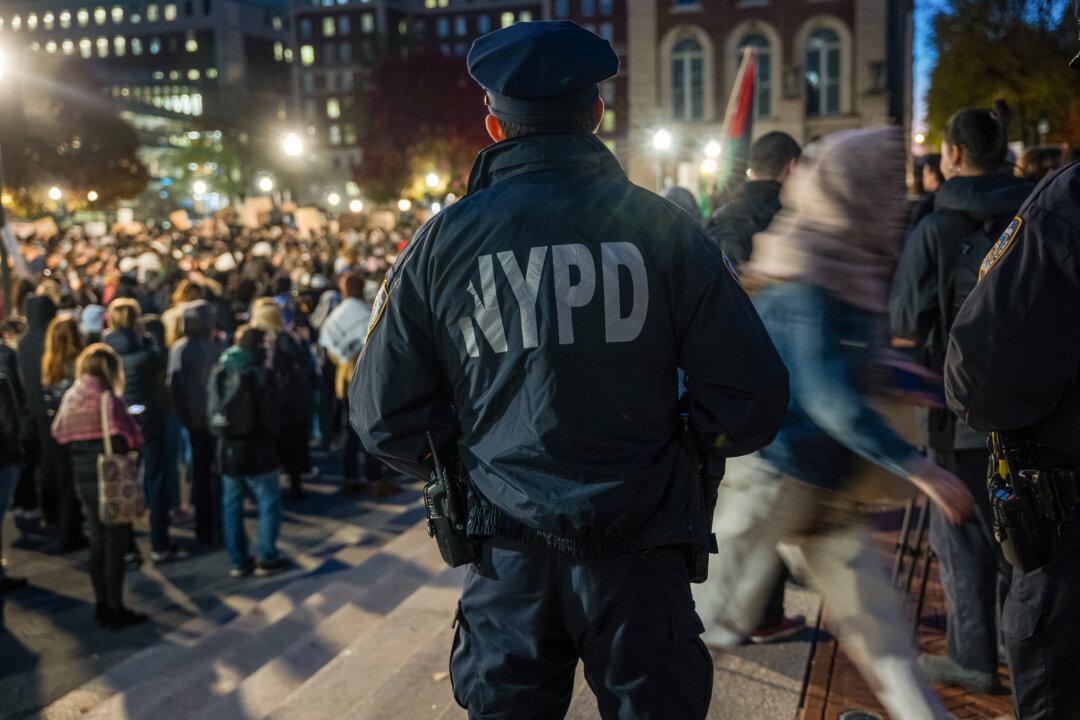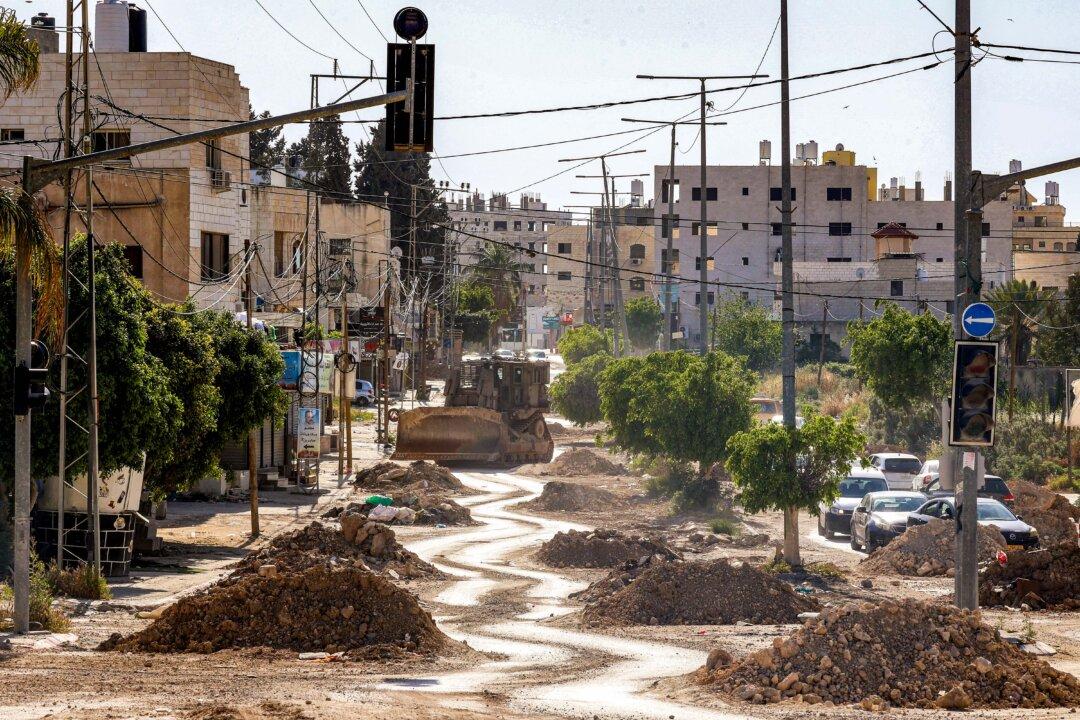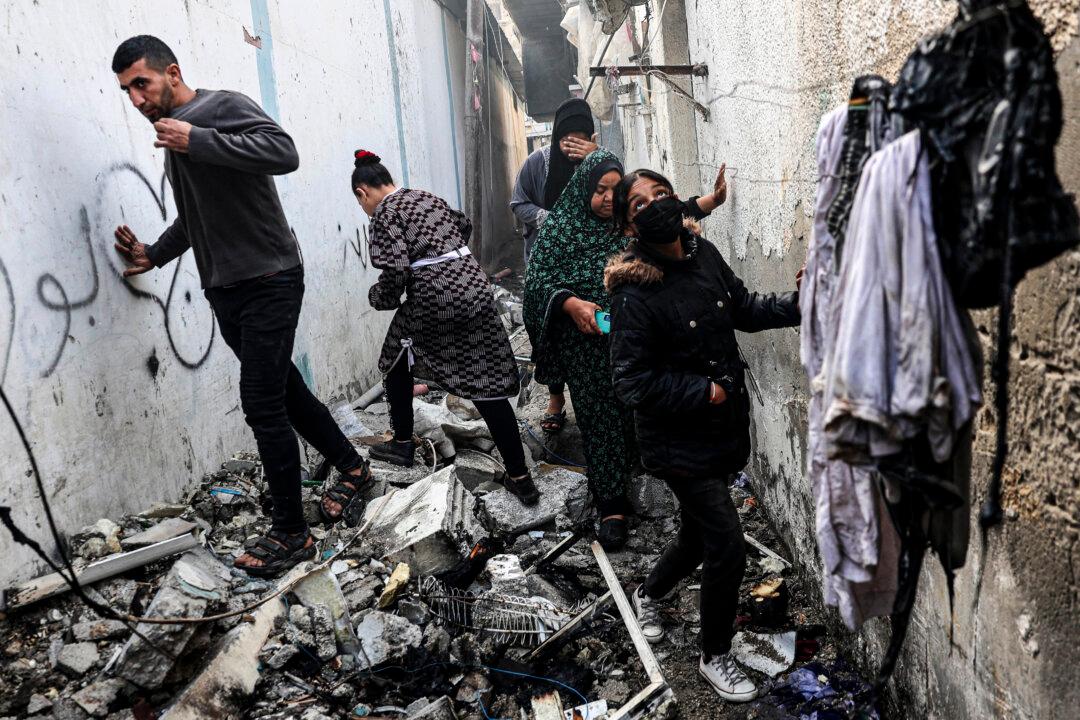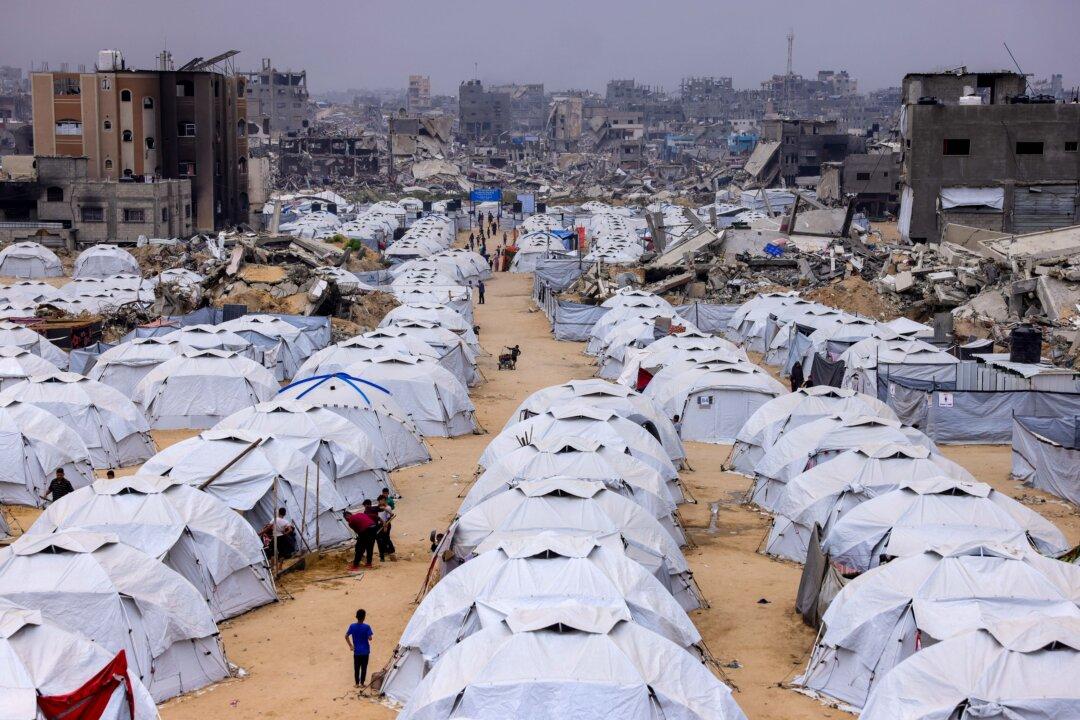Three Israeli hostages were reunited with their families after being released by the Hamas terrorist group on Jan. 19, as the nation looked ahead to further releases.
Israeli hostages Romi Gonen, 24, Doron Steinbrecher, 31, and British-Israeli hostage Emily Damari, 28, were released after 471 days of captivity in Gaza. Damari is missing two fingers after being wounded in Hamas’s Oct. 7, 2023, attack on Israel. Officials at Sheba Medical Center near Tel Aviv, which received them, said all three were in stable condition.
